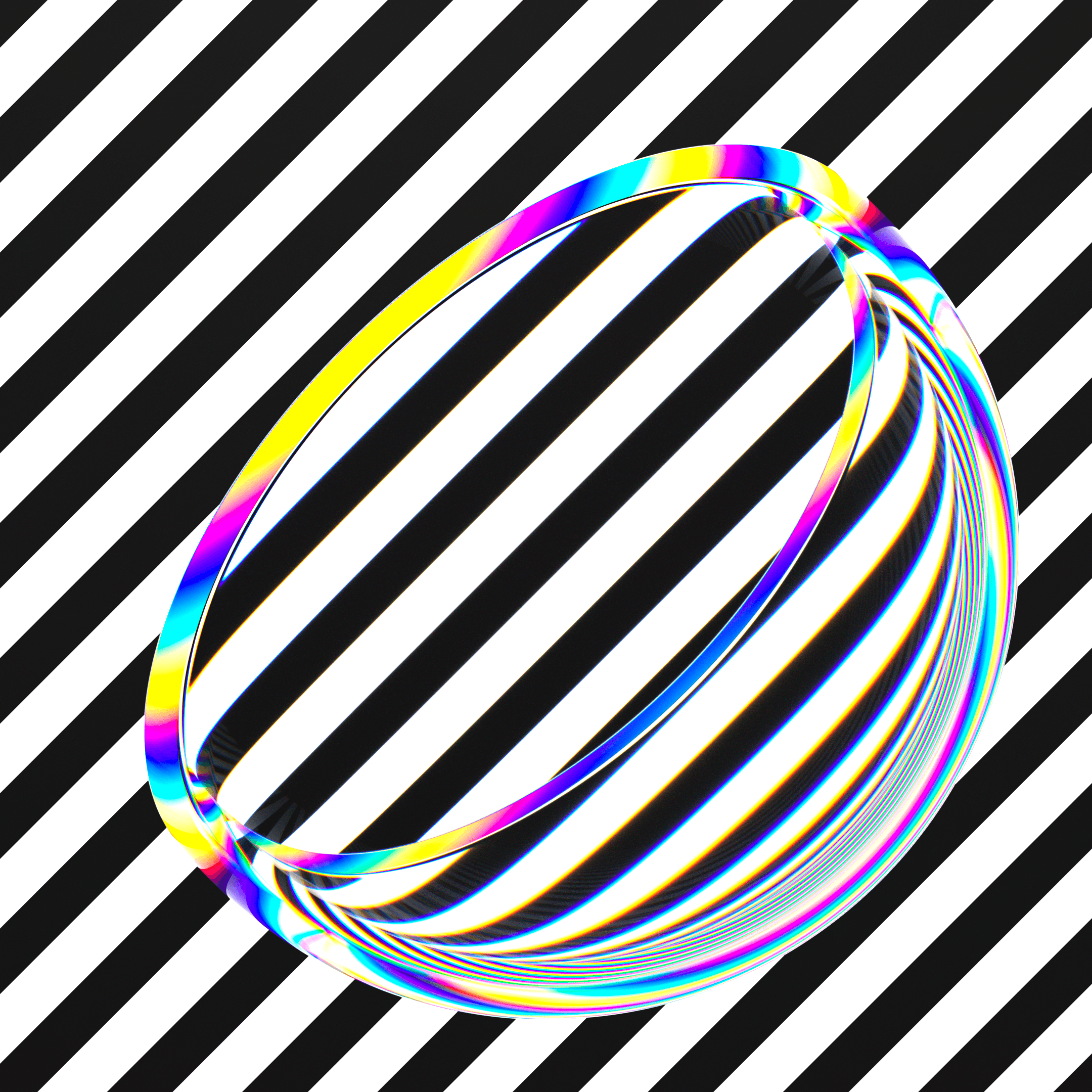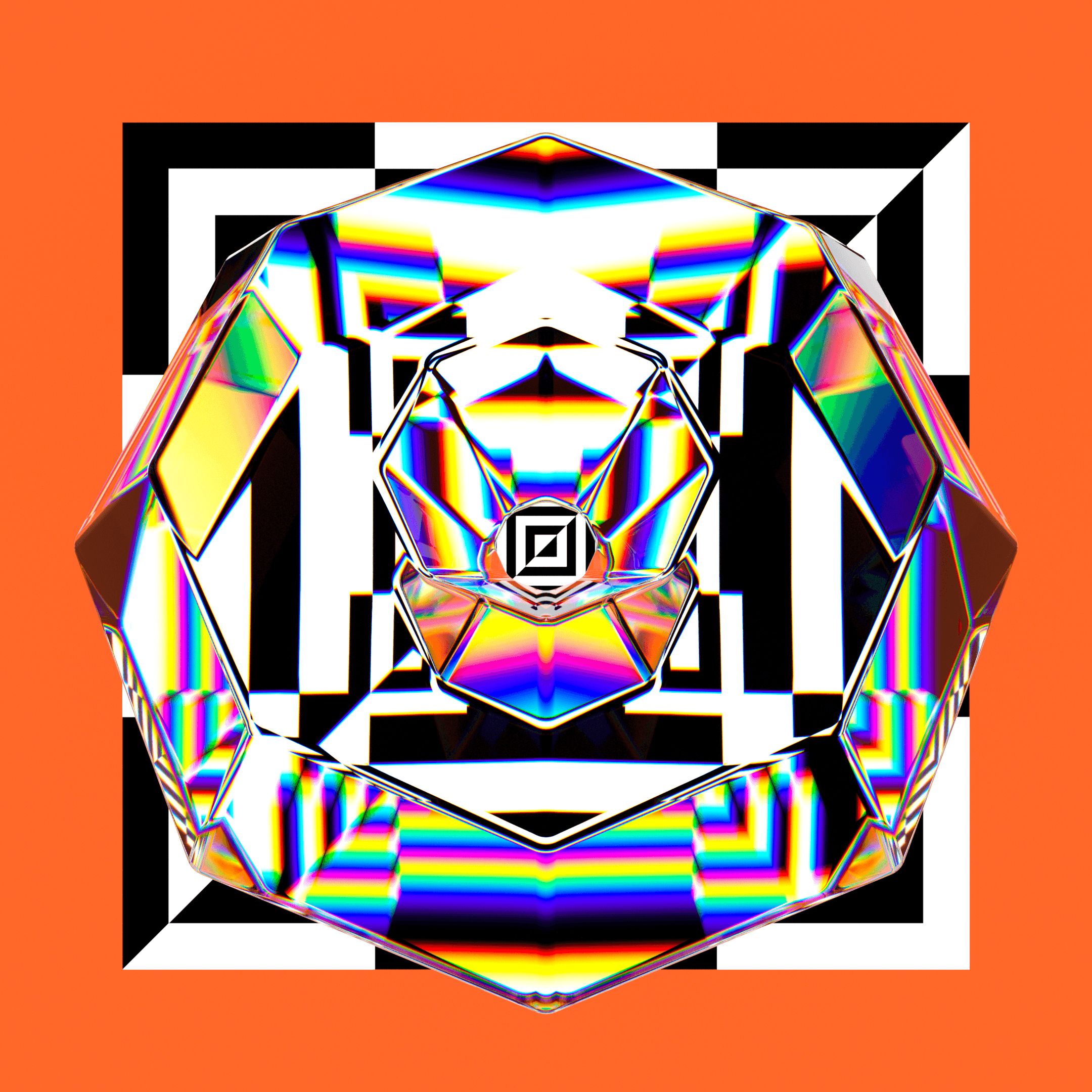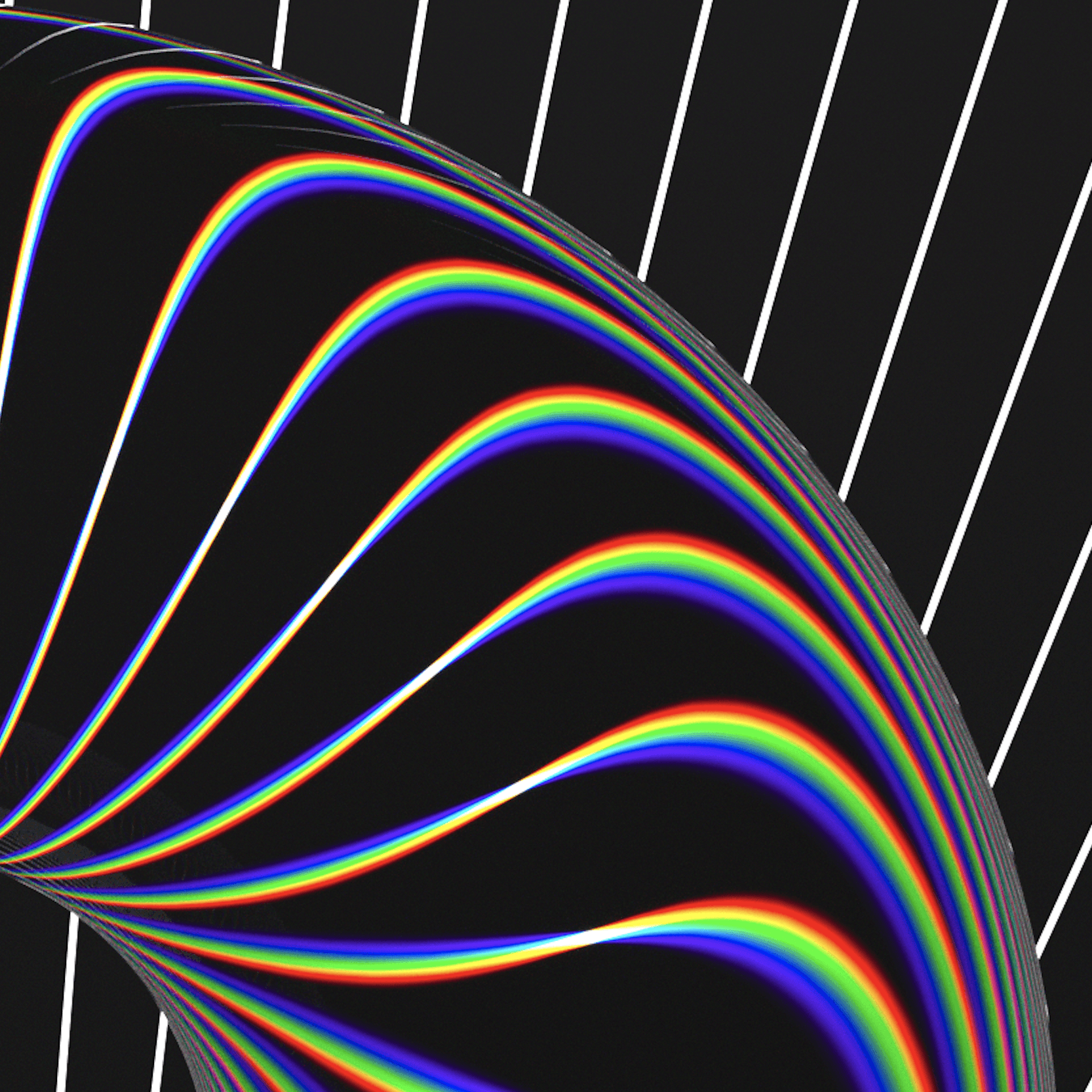Category
#3D
#Animation
#NFT

About the project
Reindex continues on from Index 100 and Art Through a Lens. This time exploring motion and optical distortion. The concept is a technique known as "optical distortion" or "anamorphosis." It involves placing a glass object, typically a transparent or translucent one, over a flat surface that contains a specific pattern or image.
When the glass object is spun or rotated, it creates a visual distortion or alteration of the underlying pattern, resulting in a unique and intriguing visual effect. This technique plays with the properties of light and the refractive nature of glass. As light passes through the glass, it undergoes refraction, causing the image or pattern underneath to appear distorted or stretched when viewed through the glass. By spinning the glass, the distortion dynamically changes, creating a captivating visual transformation.
The intentional use of anamorphosis allows artists to explore perception, depth, and the relationship between the viewer, the artwork, and the surrounding space. It can create an illusion of movement or provide a hidden image that becomes visible only when viewed from a specific angle or through the glass object. Optical distortion has been employed in various art forms, including painting, sculpture, and installation art. Artists often experiment with different materials and forms of glass objects to achieve diverse effects. This technique offers an engaging and interactive experience for viewers as they observe the ever-changing patterns and shapes created by the spinning glass.
What sparked this project?
The concept was sparked by my love of design which later in my career led to learning 3D. It merges both my graphical clean style with extra depth and intrigue. It differs from earlier work like Index 100 because it explores motion and how patterns can change through varying thicknesses of glass.
What is your approach to working on a project like this? Do you follow a specific process or framework?
After working on projects similar in the past the process was not terribly in depth, it was more about exploring visually how colour and pattern interacts with the objects. This was created in a singular C4D file, a scene setup using a HDRI and one light. The camera was placed directly above the artwork. Various primitive objects were created and grouped along with a plane. Trial and error led to most of the results. What's interesting though is as you are working through each one, it does lead to some kind of inspiration for the next. For instance I have found dispersion and glass to generally work well with black and white, which is why these appear in most pieces. It allows for clean dispersion of light. Size, scale and distance also play a part in the process, how far does an object need to be from the plane and pattern to create the most visually interesting piece.
What did the early versions of this project look like? What did you learn from this v1?
Early versions of Reindex can be seen in Index 100 and Art Through a Lens, both explored the same theme and are where I learned the most lessons. What to do, what not to do. Like turning the area light off from the glass objects in each piece. The HDRI is enough to light the object, I find the light reflection from an area light distracting.
'This technique offers an engaging and interactive experience for viewers as they observe the ever-changing patterns and shapes created by the spinning glass.'
What was the biggest challenge? Did any part of the project make you step out of your comfort zone?
3D has always been out of my comfort zone and continues to be so. It's a fairly difficult medium to grasp and there are many different ways to achieve the same thing. I believe every single day is a school day, and I push to achieve more and more.


How did you overcome this challenge?
Honestly, Youtube has been amazing in learning various techniques. But the main way to overcome a challenge like this, was through trial and error. Getting in there and working through it.
What and/or who inspired you during the creation of this project?
There are many in the 3D art world who create work using glass. FiveTimesNo, Marterium, Joe Ryba, Wes Cream, Liquid Density, Fess Mather, Lorem de Loop, Melike Gunaydin to name a few. However out of those FiveTimesNo has inspired me the most, his use of caustics is just beautiful.
What was your biggest learning or take-away from creating this project?
Create what you love. It really is as simple as that. I love working with glass and motion, I also like to keep it simple.
Create what you love. It really is as simple as that.
Which part of this project consumed the most time or energy?
Rendering! This is the biggest time sink when creating 3D work, especially when you render at home. Trick is to set it off at night, then you have something to look forward to in the morning.
What was the result of this project?
This project was released as an NFT art collection on Foundation. One piece has been collected so far, which is amazing. It took almost two years for Index 100 to sell out, I'm definitely in this for the long run. Feedback has been amazing through social media with many liking and sharing the pieces.
Where was the project created? What do you enjoy about working there?
I work remotely from my home office, my setup is generally fairly messy and I do not hide cables. The office is also fairly small, so when rendering it gets warm. This is my creative space, I have all the things I need to do my job and to create my art.


Which tools did you use to create this project?
Software Cinema4D Octane Render Adobe Illustrator Adobe After Effects Rig HP Omen 30L Intel Core i9-10900k RAM 32 GB Nvidia Geforce RTX 3090

What are you currently working on, and what's next?
I work full-time as a designer, lately I've been working on a cool web3 focused brand project and a couple of other things. In my spare time, I create new art collections.
If you could give your younger self one piece of advice about navigating the design world, what would it be?
Be eager and stay hungry. Learn to say no and learn it quickly. The sooner you do, the more free you will feel. Don't be scared to make mistakes, make many and learn quickly from them.
From the maker





